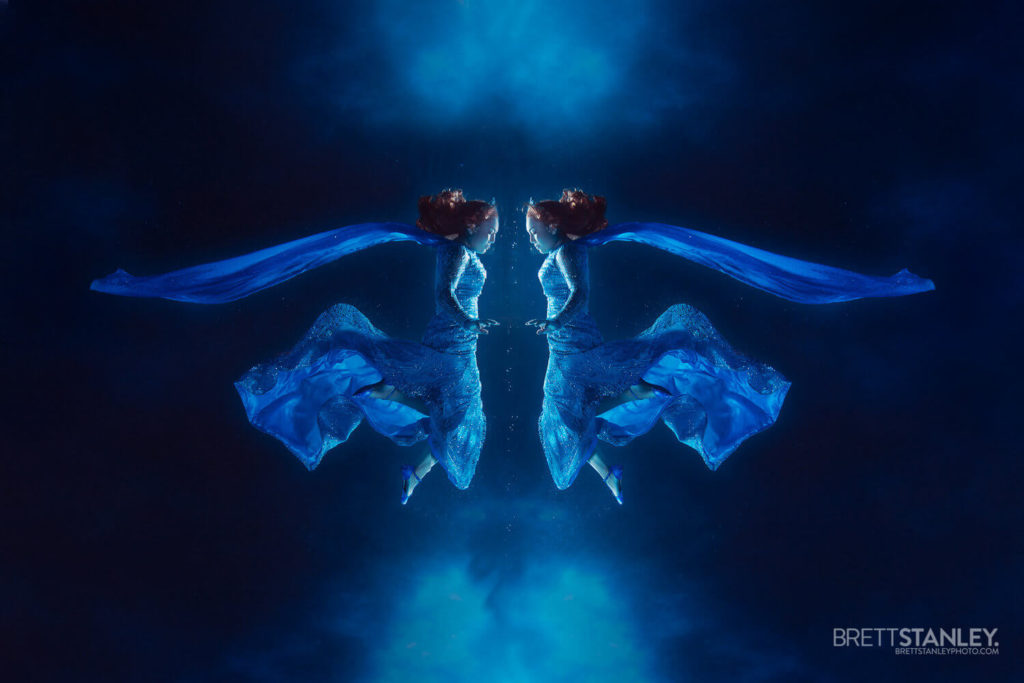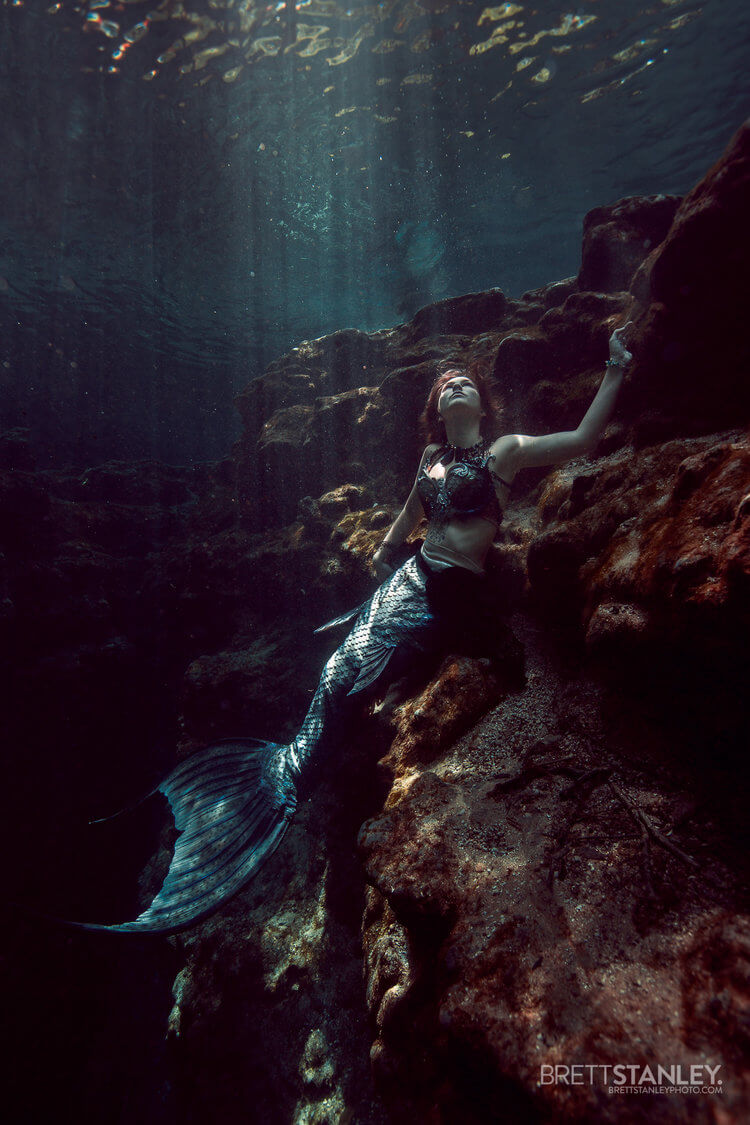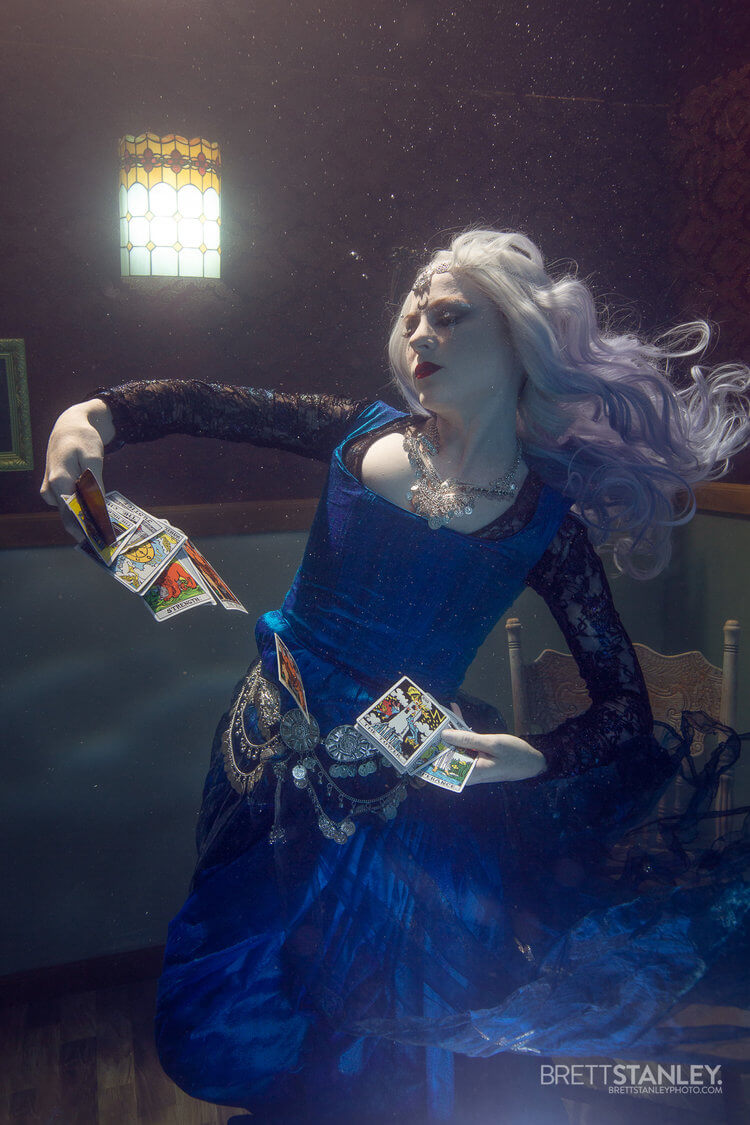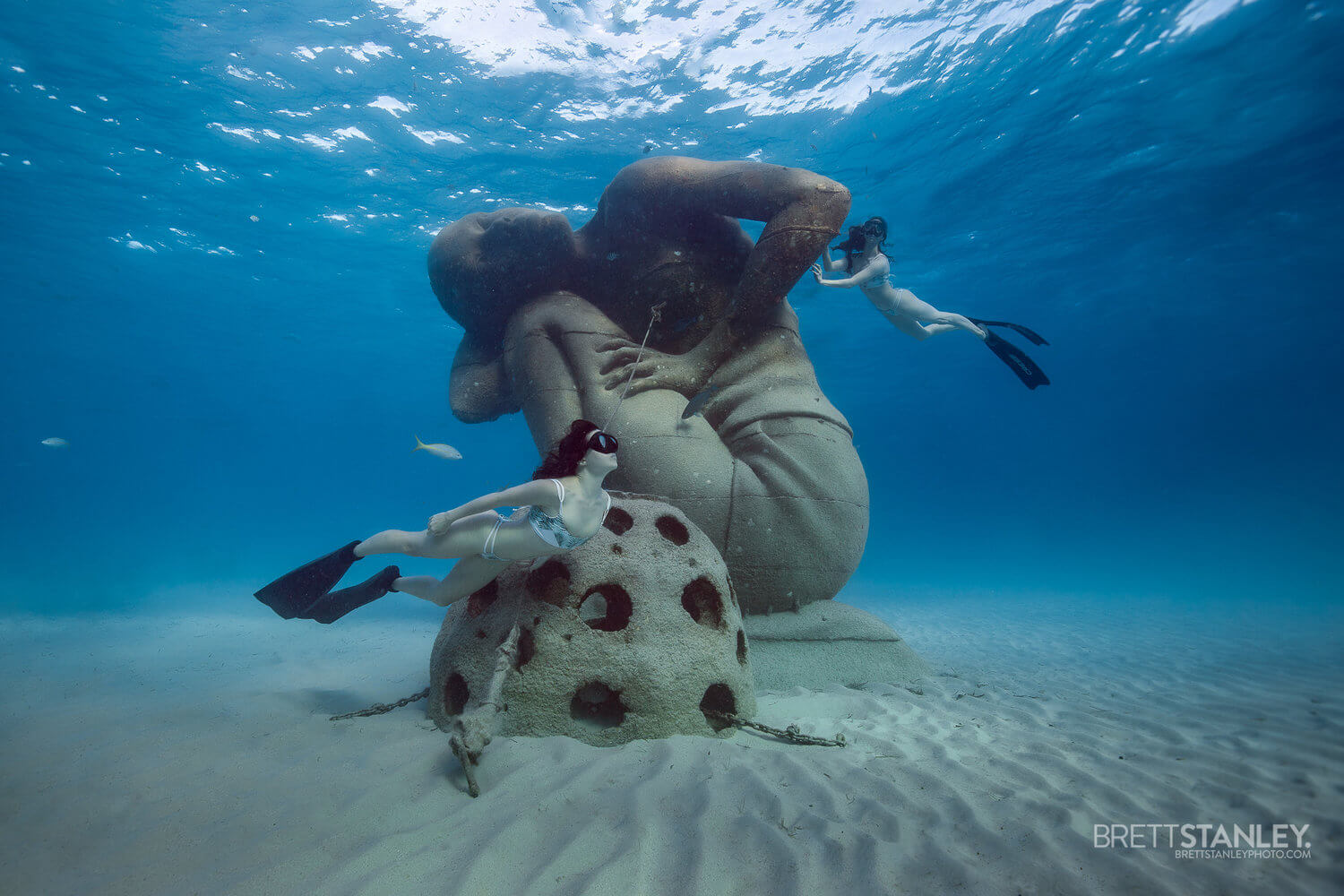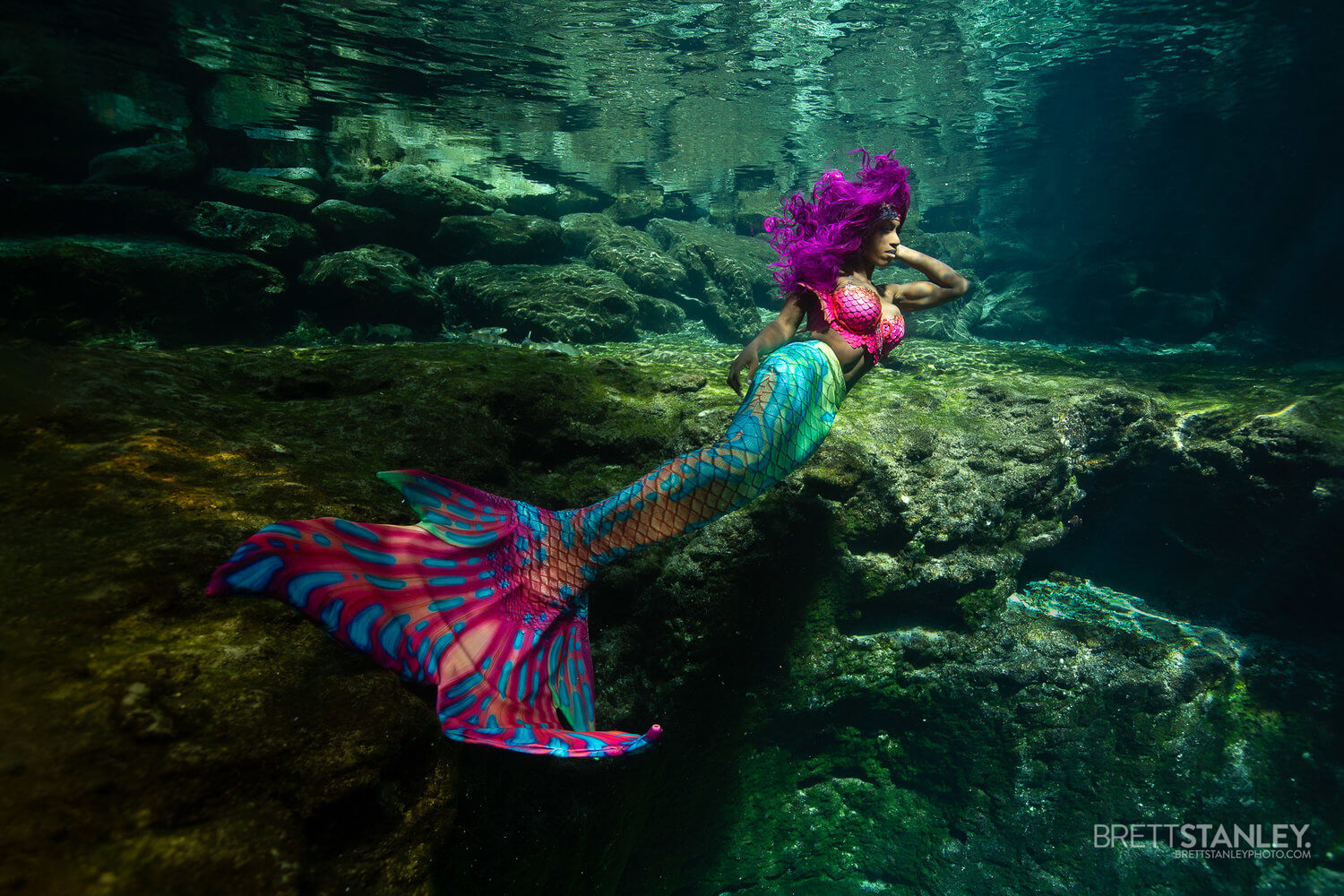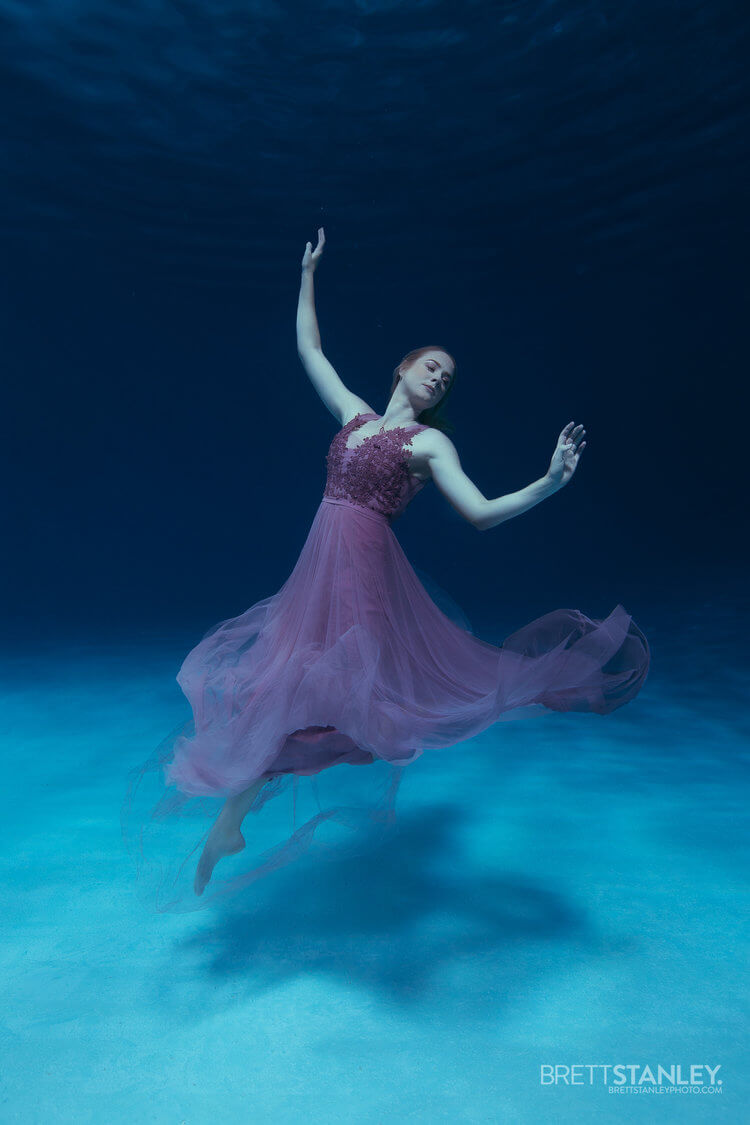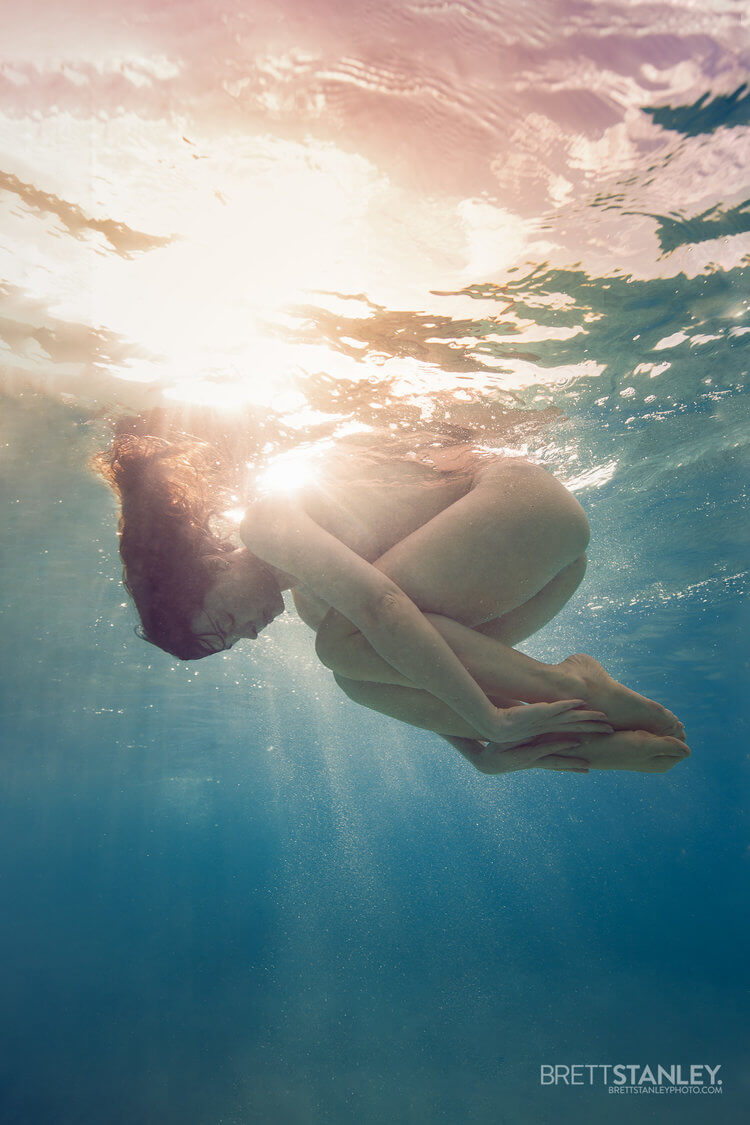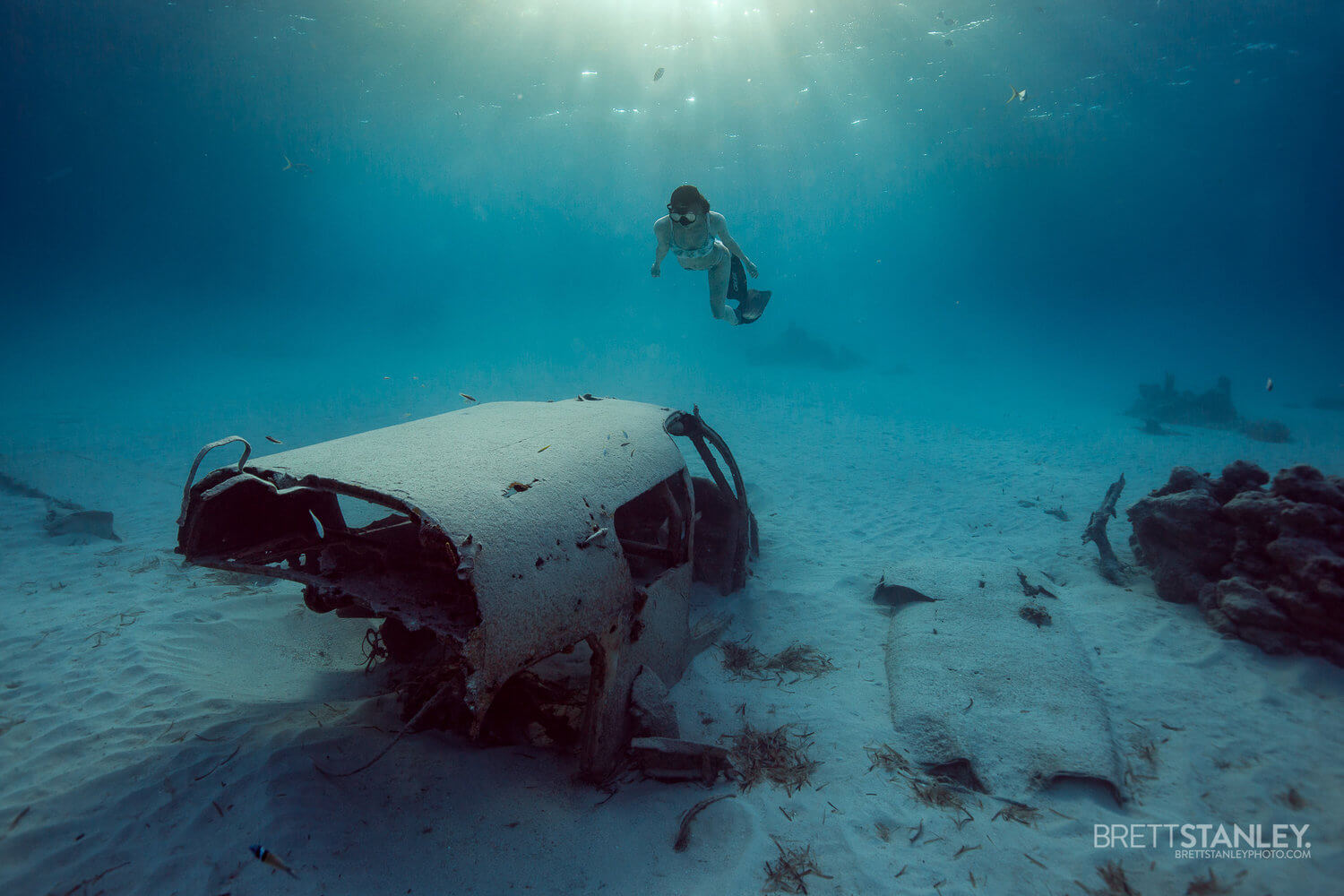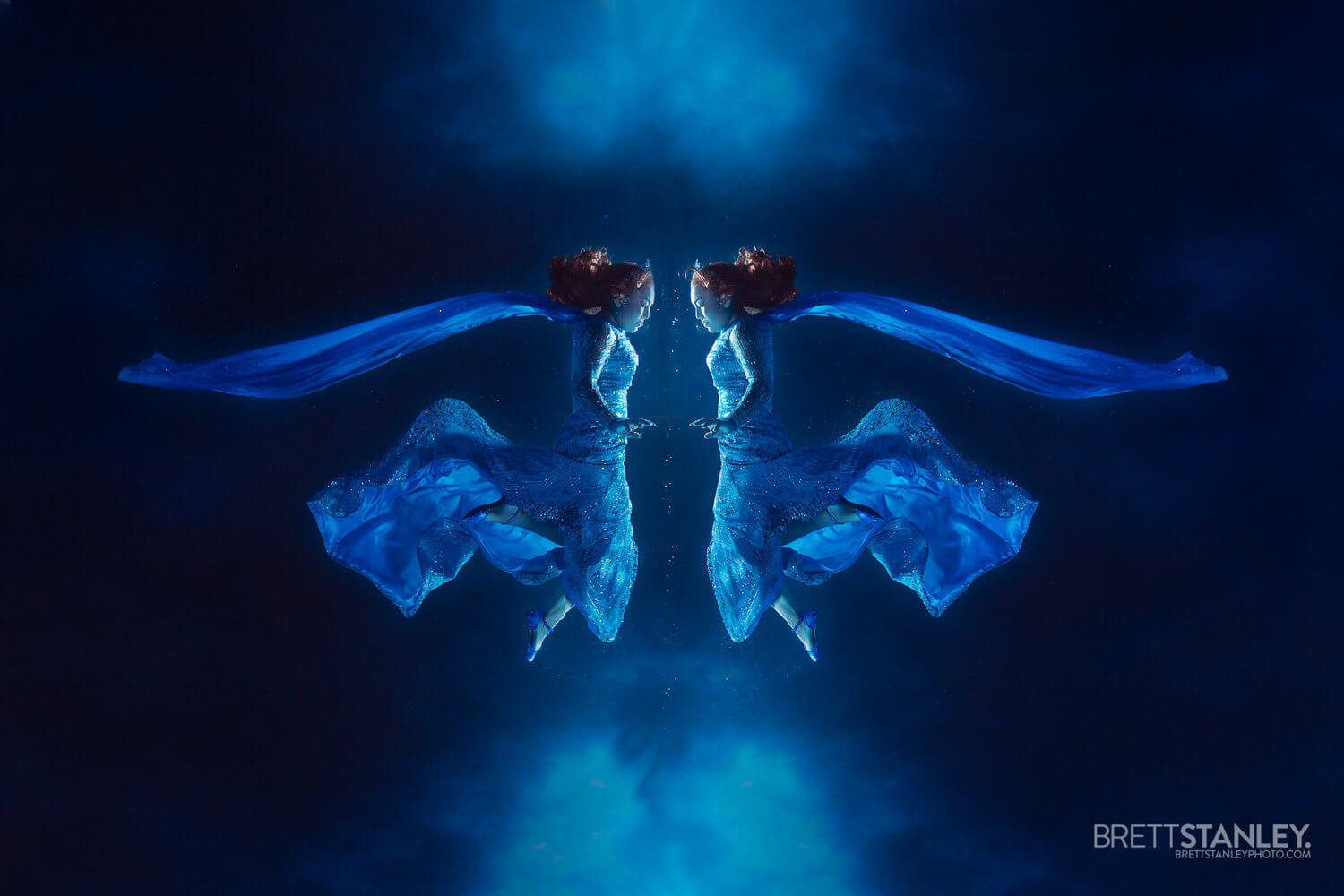Article written by Pratik Naik & Jonny Edward
Brett’s beautiful, surreal, underwater photography is uniquely mesmerizing. We were drawn to not only his artistic vision, but unique use of a color in an environment that is altogether different than land, in terms of hue, saturation, tone, and wavelength intensity. In this color conversation, we discuss Brett’s creative origin(s) and explore his inventive productions; inspiration, challenges, and triumphs.
Follow Brett’s work on Instagram and his website.
You are best known for your underwater imagery – what first sent you beneath the waves – how did you get started with underwater photography?
I started photographing underwater properly about 6 years ago, just after I moved to Los Angeles from New Zealand. I’d always loved the water (it’s my happy place), started scuba when I was 16, but never really got in to underwater photography then as I found taking pictures of fish kinda boring. It wasn’t until I was at a point in my photographic career where I was searching for something new. I was sick of trying to pitch for work with a hundred other photographers in the commercial/advertising world, I needed something to differentiate myself from the rest of the pack so I started looking back underwater. Once I realised I could shoot people in water it opened up a whole can of worms and it just took off.
How different is planning and preparing for an underwater production, as compared to a normal, or more traditional photo session?
An underwater session is different mostly due to safety, speed, and the inability to communicate whilst under the surface. In a dry shoot, you can direct the model as you go – refining their pose or movements in real-time; but underwater you can’t do that. So there’s a lot of discussion and direction before myself and the model go underwater. If the model hasn’t worked with me before I kinda have to teach them HOW to pose under the water, as it’s a whole different world down there with the lack of gravity, water up the nose, and the not being able to breathe thing.
Lighting and general setting up takes a lot longer to do in the water as well, you can’t just walk over to a light to adjust it. Props will float, dresses will sink, it’s a whole balancing act just to get that decisive moment.
In regards to color, we presume that shooting underwater has to add a lot of unique variations to your images? Is this a significant concern for you? At what point during your process do you start thinking about the impact that water color is going to have on your shoot? Are there specific factors you take into consideration, regarding location-choice underwater?
I’ve always been driven by colour in my images, I’m afraid of B&W for this reason I think – so hard to let go of the colour. Once you go underwater the colour spectrum starts to narrow, which really can limit your pallet. This is due to the warmer end of the spectrum not being a very strong wavelength and so it fades quite quickly, which is why the ocean is blue and fish look more vibrant out of the water than in. You end up with a lot of blues! You can combat this with underwater lighting but the further the subject is from the light source the colder the light becomes.
White balance plays a large part in it, and I always shoot RAW so I can bring back a lot of the warmer colours if I need to. I also know that certain colour fabrics and paints are going to react better than others which helps to make good choices before the shoot.
A lot of my colour selection happens in the edit, as I tend to just shoot a nice clean flat image knowing that I’ll bring it to life when I retouch. This is why I love ICP so much!
How has the Infinite Color Panel empowered you to realize your creative vision?
By randomly adding tints and colours to the shadows, midtones, highlights etc, and changes to curves it gives me colour options I would never think of. My skill with Photoshop is really limited to cleaning up the image and simple composites so the colourist side of it I really do in Lightroom, and very simplistically at that. ICP gives me the ability to create a more varied pallet in my imagery, which is priceless.
New Zealand seems like it would have ideal waters for your photographic style. Has the move to America impacted your art, for better or worse?As much as I love NZ, the open water there is coooooold! Even if you can find it clear enough it’s usually not very accessible. The move the the States has given me access to some amazingly warm and clear water to work in. Although I primarily shoot in pools and tanks around the world, it’s nice to get out in the open water and really make the most of that underwater landscape. I feel like my most impressive images are shot in the oceans and lakes I get to visit.
The Underwater Pole Dance series is brilliant! It seems as if it would be more and less challenging, at the same time. Have any non-dancers been part of the series? Are there any expected, or unexpected, challenges that your clients have faced, when producing this series?
Thanks! This was a bit of an ah-ha moment for me, and really started my career underwater. I was doing a series of images underwater with things that don’t belong there, like trapeze and other circus apparatus, and pole just was an obvious choice as it gave people something to hold on to. The main challenge for the models is just getting used to not having gravity. I’ve shot with quite a variety of experience levels with the pole, from competition performers to people who’ve never been on a pole before, and they all find it very different. I think the inexperienced take to it more readily as they don’t know what to expect and just make some pretty shapes on the pole, whereas the more experienced almost fight with their knowledge and muscle memory – thinking that everything will be the same as they are used to.
What you do is so unique and lovely. Does that help or hurt your career, when it comes to finding work or seeking publication? It seems like there would be potential benefits and pitfalls.
I’ll admit what I do is very specialised, and as someone who likes to try everything it was a little hard at first, but now I love the notoriety of being the “underwater photographer”. Most people haven’t seen this kind of thing before, and let alone got a chance to try it themselves, so I’ve been surprised at the massive response I’ve had to it. Getting published is a little tricky as some of my work is pretty genre based (mermaids, cosplay, pole dancing) but I prefer to see my clients sharing the images to their own networks which generates more buzz for me – I love seeing their excitement.
_
Have you tried the panel yet? We’d love to see your creations! Get in touch on Instagram @infinitecolorpanel or the Facebook Infinite Color Panel group and show us your work.
If you haven’t tried the panel yet, get started here: https://infinite-tools.com/infinite-color-plugin/

